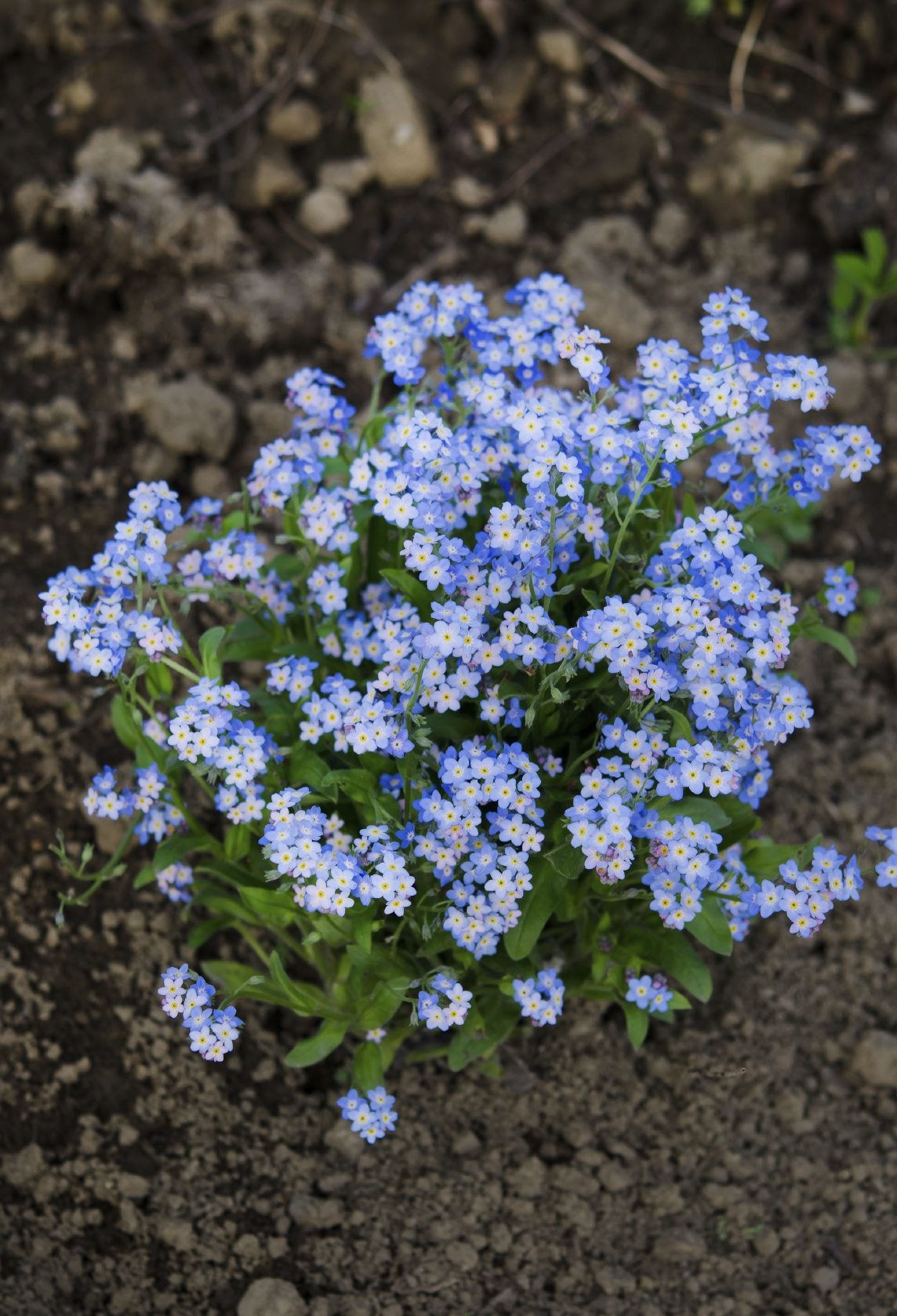Forget-Me-Not Seed Planting: Best Time To Plant Forget-Me-Not Seeds


Forget-me-nots are one of those charming, old school flower specimens that provide cheery blue life to gardens that are just waking up from winter naps. These flowering plants prefer cool weather, moist soil and indirect light, but they will sprout up practically anywhere with wild abandon.
If you already have the plants in your landscape, planting forget-me-nots from seeds is rarely necessary. This is because they are rampant self-seeders. If you want to introduce the plants to new territory, know when to plant forget-me-nots to ensure success with these easy little plants.
When to Plant Forget-Me-Nots
Who doesn't like forget-me-nots? True, they aren't very attractive when they die back after blooming but, in the meantime, they have an uncomplicated, endearing nature that is trouble free and easy. Forget-me-nots are very hardy little plants that die back in winter but will re-sprout in spring.
Plants that are at least a year old will flower the next spring. These little blue bloomers are so unfussy you can plant them almost anywhere at any time and expect some flowers within the next year and a half. Forget-me-nots are usually biennial, which means they flower and die in the second year. This is when they set seed too, which they wantonly release everywhere.
Once you have forget-me-nots in your garden, it is rarely necessary to plant seed. The little plants can be left to overwinter and then get moved to wherever you want them in early spring. If you want to start some plants for the first time, seeding them is easy.
The best time to plant forget-me-not seeds is in spring to August if you want to have blooms the following season. Early spring seeded plants may produce flowers by fall. If you are willing to wait a season for blooms, sow the seeds in fall. The plants will produce flowers a year from the next spring.
Tips on Forget-Me-Not Seed Planting
For proven success, site selection and soil amendment will get you off on the right foot when planting forget-me-nots. The quickest, healthiest plants will come from seeds planted in well-worked soil, with superior drainage, and plenty of organic matter.
Sign up for the Gardening Know How newsletter today and receive a free copy of our e-book "How to Grow Delicious Tomatoes".
Pick a location with partial shade or at the very least, protection from the hottest rays of the day. You may also sow the seeds indoors three weeks before the last expected frost. This will give you earlier blooms. For outdoor sowing, plant seeds with 1/8 inch (3 ml.) of soil lightly sprinkled over them in early spring when soil is workable.
Seeds will germinate in 8 to 14 days if kept moderately moist. Thin to 10 inches (25 cm.) apart to allow room for adult plants. Plant indoor sown forget-me-not outdoors after acclimating plants to outside conditions over the course of a few days.
Care of Forget-Me-Nots
Forget-me-nots like plenty of moisture, but not boggy soil. They have few pest or disease issues, but do tend to get powdery mildew at the end of their life. Plants need to experience a chilling period to force buds and large enough to produce flowers too, which is usually after a year of growth.
Once they have flowered, the entire plant will die. Leaves and stems dry out and generally get gray. If you want more flowers in that site, leave plants in place until fall to allow the seeds to sow themselves naturally.
Once the little seeds have formed small plants, you can relocate them to other areas of the garden for enchanting notes of blue in low light areas.

Bonnie Grant is a professional landscaper with a Certification in Urban Gardening. She has been gardening and writing for 15 years. A former professional chef, she has a passion for edible landscaping.